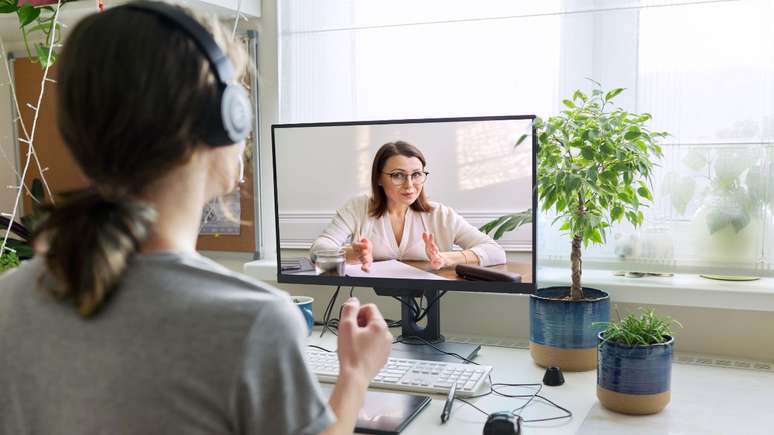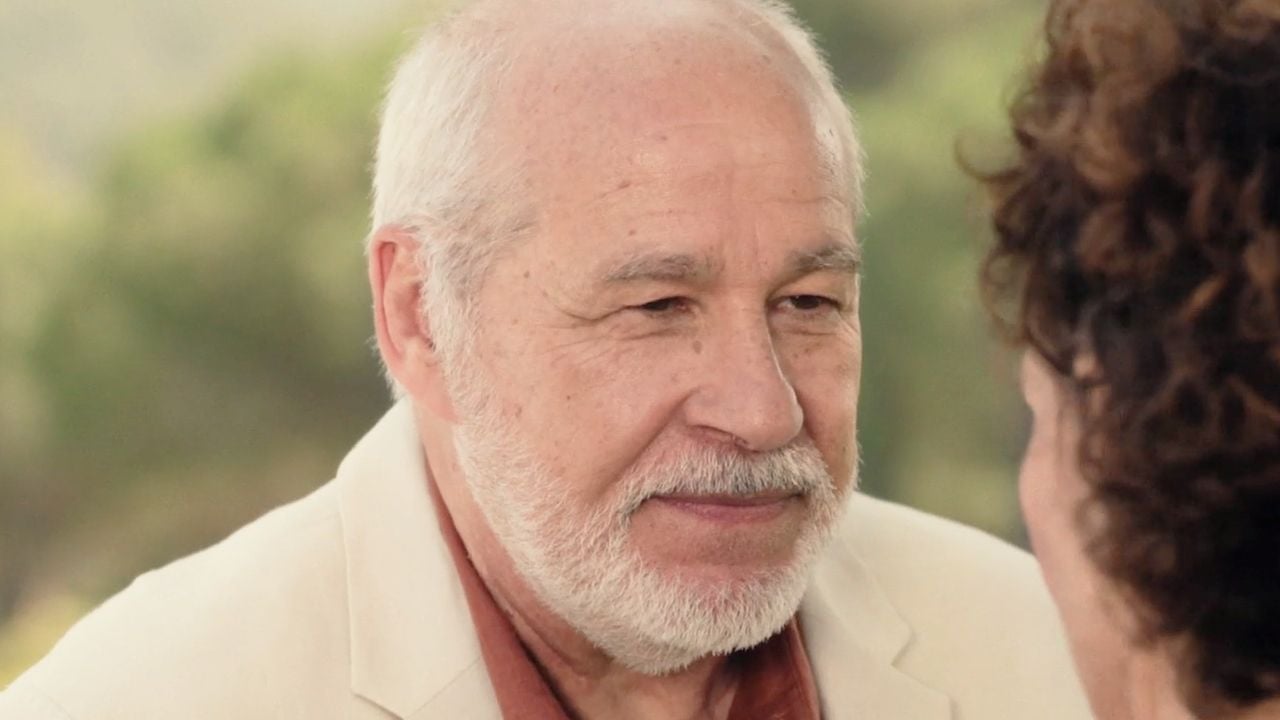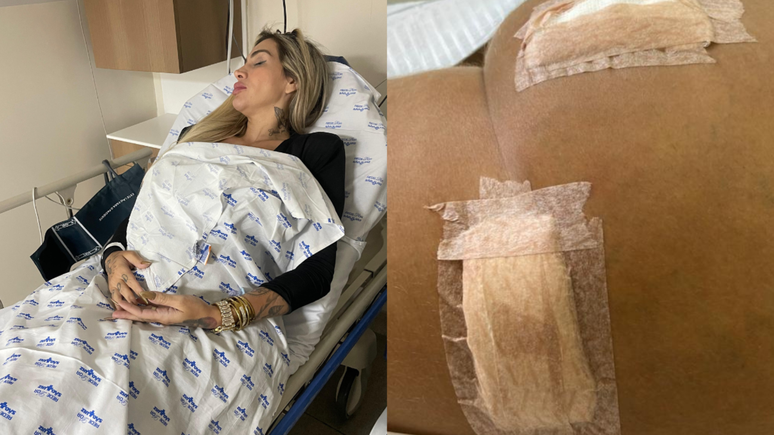According to an expert, practicing physical exercise can help cure even the most serious cases. Discover the movement indications!
The spine has the task of providing support and protection to our body, facilitating our movements. With this, whatever postural deviationswhich are closely linked to organs and nerves, can cause serious consequences for the central nervous system.
According to the physiotherapist Bernardo Sampaio, our spinal column has some curvatures that are physiological, that is, natural. These curves are called kyphosis or lordosis and when changes occur in these curves we speak of hyperlordosis and hyperkyphosis, which is when a deviation occurs, generally in the thoracic and lumbar region of the body.
“Another well-known deviation is scoliosis, which is a lateral deviation of the vertebrae. This deviation can occur either in the upper or lower part (C-shaped scoliosis) or in both (S-shaped scoliosis),” explains the physiotherapist. who is also clinical director of the Instituto Trata and the ITC Vertebral de Guarulhos.
According to him, the causes of these deviations range from genetic or postural conditions, to idiopathic causes (of unknown origin). But there are few genetic cases. “For this reason, having good habits and exercising regularly can be good tools not only to cure, but also to prevent these deviations,” he warns.
Therefore, any changes in the normal state of the spine must be treated and corrected as quickly as possible, since postural deviations can lead to a number of consequences that directly alter the patient’s quality of life. With this in mind, the professional has listed some exercises and stretches for those suffering from spinal deviations that can be performed at home.
“But before venturing into these exercises, it is important to remember that treatments must be prescribed by a professional and on an individual basis, since factors such as the degree of deviation, age, type of curvature, severity must be taken into account and the symptoms presented, to decide what the best treatment is”, concludes the physiotherapist.
Exercises for those with postural deviations
Pelvic inclinations
The pelvic tilt will help stretch tight muscles in your hips and lower back. To perform a pelvic tilt:
- Lie on your back with your feet flat on the floor and your knees bent;
- Contract your stomach muscles as you adjust your back toward the floor;
- Hold the position for 5 seconds, breathing normally;
- Then rest.
- Do two sets of 10.
Arm and leg raising
You can strengthen your lower back by raising your arms and legs. To perform the movements:
- Lie face down with your forehead facing the floor;
- Extend your arms above your head, with your palms placed on the floor. Keep your legs straight;
- Raise one arm off the floor;
- Hold the position for one or two full breaths and lower your arm again;
- Repeat with each arm and each leg;
- Perform 15 repetitions on each limb.
Cat and cow posture
This is a very popular posture in Yoga and helps keep the spine flexible and pain-free. Watch how to do Cat and Cow Pose:
- Start with your hands and knees on the floor in an all-fours position, making sure your back is level and your head and neck are comfortable;
- Breathe deeply and bring your back and head towards the ceiling;
- As you exhale, release your shoulders and bring your back towards the floor;
- Do two sets of 10.
Superman
This is another Yoga inspired exercise that is excellent for the spine. See how to do it:
- Start with your hands and knees on the floor and your back straight;
- Extend one arm forward and outward as you extend the opposite leg behind you;
- Breathe normally and hold the position for 5 seconds;
- Repeat with opposite arm and leg;
- Do 10 to 15 repetitions on each side.
Lengthening of the latissimus dorsi muscle
With this movement you can stretch the latissimus dorsi, the largest muscle in the upper body. It is great for thoracic scoliosis, which directly affects this muscle, and also for lumbar scoliosis, which can cause back strain and extend to the latissimus dorsi. Learn it:
- Stand with good posture in a neutral position;
- Keep your feet shoulder-width apart and your knees slightly bent;
- Bring your hands above your head and hold your right wrist with your left hand;
- Lean slightly to the right until you feel a stretch on the left side of your body;
- Hold the position for one or two breaths and then return to the starting position;
- Repeat on the opposite side.
- Do 5 to 10 repetitions on each side.
Source: Terra
Ben Stock is a lifestyle journalist and author at Gossipify. He writes about topics such as health, wellness, travel, food and home decor. He provides practical advice and inspiration to improve well-being, keeps readers up to date with latest lifestyle news and trends, known for his engaging writing style, in-depth analysis and unique perspectives.








